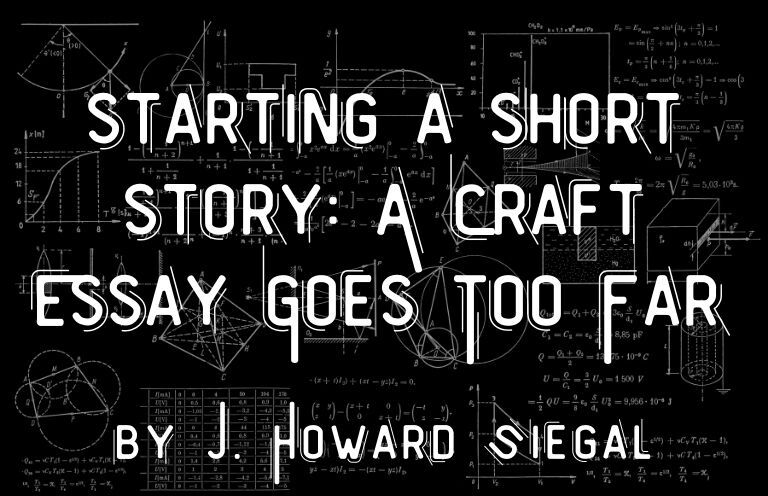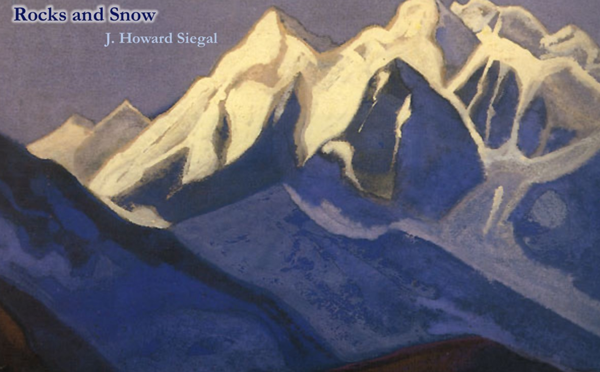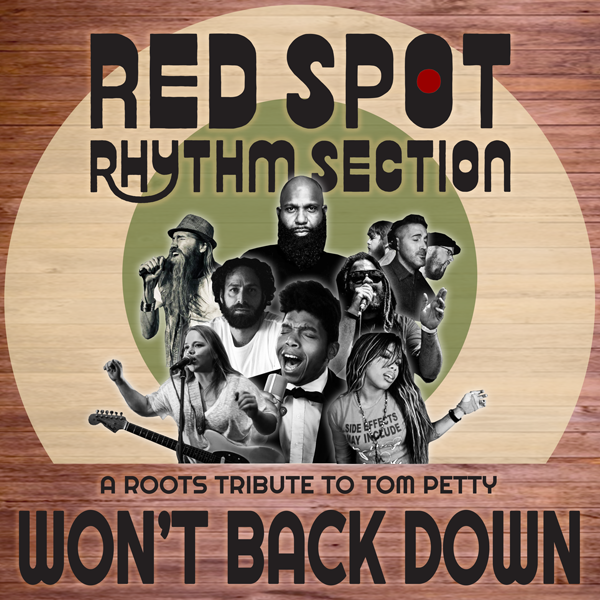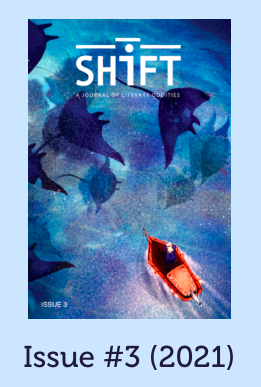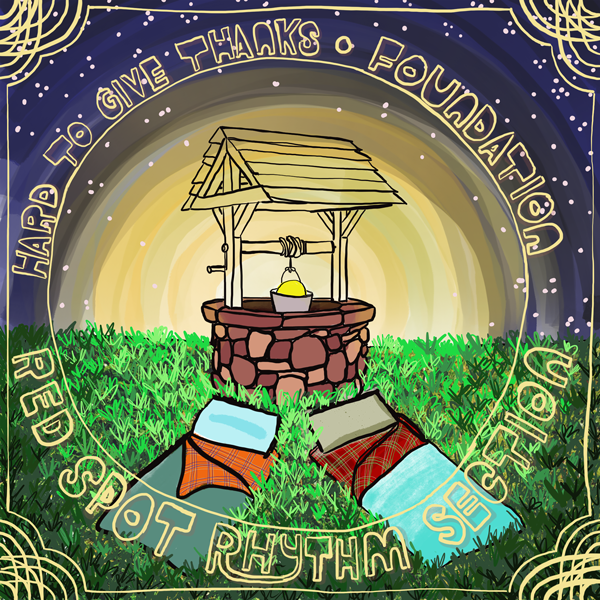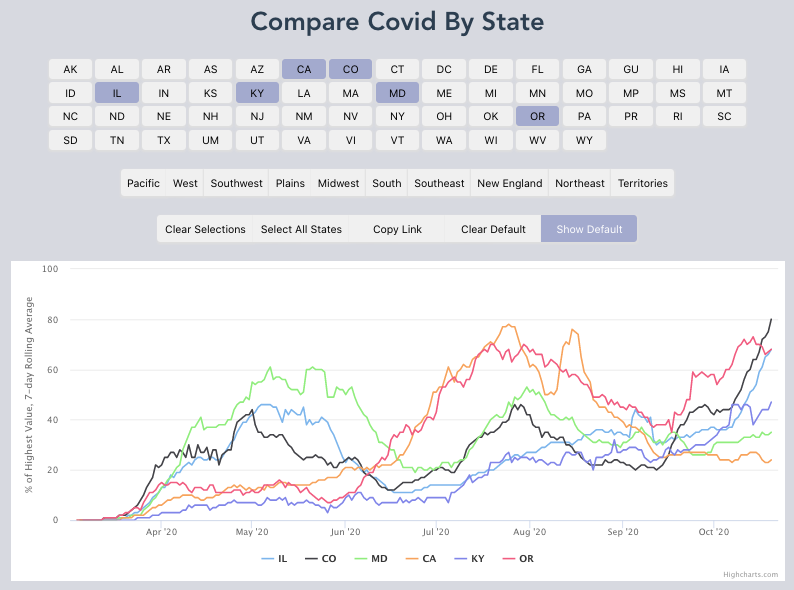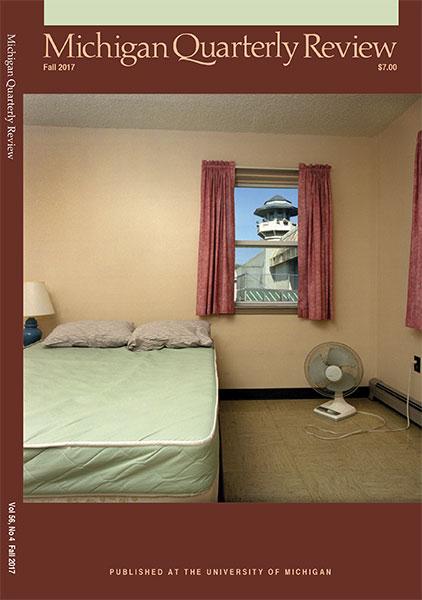In March of 2020, the Red Spot Rhythm Section went into the studio to begin recording a new two-song single, but unfortunately the studio’s doors had to close – along with most businesses – before the end of the month. Undaunted, the group continued to work with the engineer and guest artists remotely, while recording additional parts at their home.
The single debuted on The Deli Magazine, and has been featured on Alternate Root, WLUW radio, CHIRP radio, WZRD radio, and WCGO radio.
The single features the guest talents of Shane Jonas
(Akasha, Lowdown Brass Band) on vocals, Mike Bruno (Spare Parts) on
drums, and Michael Bizar (AJ Croce) on lead guitar.
Rhythm Guitar, Keyboards, Bass, Percussion – Red Spot Rhythm Section
Vocals – Shane Jonas
Lead Guitar – Michael Bizar
Drums – Mike Bruno
Engineer – Doug Bistrow
Master – Rollin Weary
Cover Art – Shannon Belock
Words & Music by Red Spot Rhythm Section
Produced by Red Spot Rhythm Section
